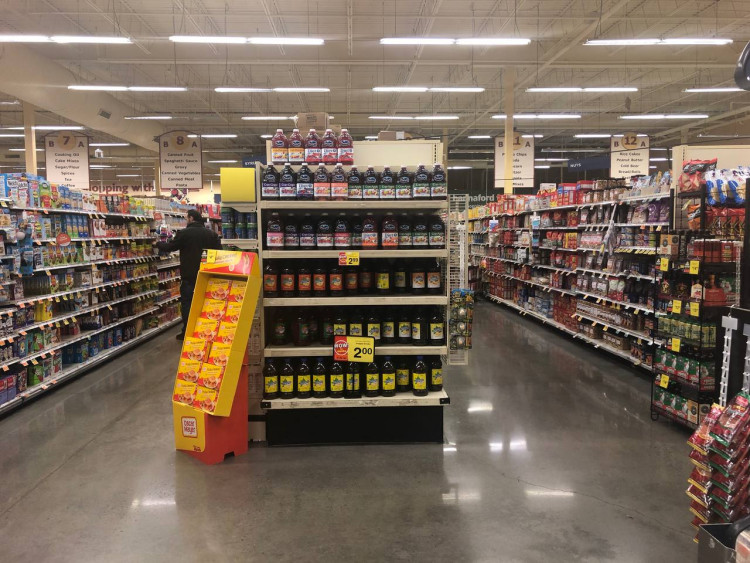Retail sales in the United States rose modestly in February, falling short of Wall Street expectations and reinforcing concerns that consumer spending may be slowing as economic uncertainty persists. The Commerce Department reported Monday that headline retail sales increased 0.2% for the month, below the 0.6% gain economists surveyed by Dow Jones had anticipated.
The February data followed a downwardly revised 1.2% drop in January, previously reported as a 0.9% decline. "We kind of bounced back from that low January, and we're right back where we were in December," said Stephen Juneau, senior U.S. economist at Bank of America, in comments to Yahoo Finance.
The so-called control group, which excludes volatile categories such as autos, gas, building materials, and food services-and which feeds directly into gross domestic product calculations-rose 1%, outperforming the 0.4% consensus estimate. However, January's control group data was also revised lower, showing a 1% decline instead of the initially reported 0.8% drop.
February retail sales excluding autos and gas increased 0.5%, topping the 0.4% projection. Online spending played a notable role, with nonstore retailers reporting a 2.4% increase. Health and personal care sales rose 1.7%, while food and beverage outlets saw a 0.4% uptick.
Some categories registered declines:
- Bars and restaurants: down 1.5%
- Gas stations: down 1%, as pump prices fell
Robert Frick, corporate economist at Navy Federal Credit Union, stated, "Not a great report, but one still in positive territory despite how pessimistic consumers are about the future." He added, "The main factor in consumer spending is consumer income, and that's growing at a good rate and had an impressive leap in January."
Retail sales rose 3.1% on a year-over-year basis, surpassing the 2.8% increase in consumer prices measured by the CPI.
Markets reacted modestly to the data. U.S. stock indexes, which had entered correction territory last week, opened higher. Treasury yields on longer-term bonds rose slightly, as investors weighed the implications for Federal Reserve policy and economic growth.
Elizabeth Renter, senior economist at NerdWallet, commented, "Consumers and businesses are expected to pull back on spending when they're unable to make informed decisions about the future of the economy and their place within it. Currently, direct economic policies and broad federal policies with indirect economic impact are in flux, making informed decisions difficult."
Worries about U.S. economic growth have intensified amid ongoing trade tensions. President Donald Trump's tariff policies have contributed to inflation concerns and raised fears of a slowdown, as businesses and consumers brace for the impact of higher import costs.
The Atlanta Federal Reserve's GDPNow model had indicated the possibility of negative growth in the first quarter, but the strong control group data may prompt upward revisions in GDP estimates.
Separately, the New York Federal Reserve reported a steep drop in regional factory activity. The Empire State Manufacturing Survey posted a reading of -20 for March, down from 5.7 in February and well below the -1.8 expected. New orders plunged, with the index falling to -14.9, a 26.3-point decline. Shipments also contracted, and indexes for prices paid and received moved higher, signaling persistent inflation pressures.






